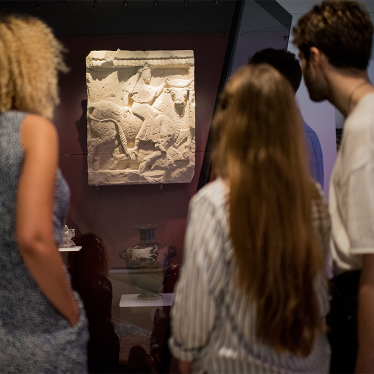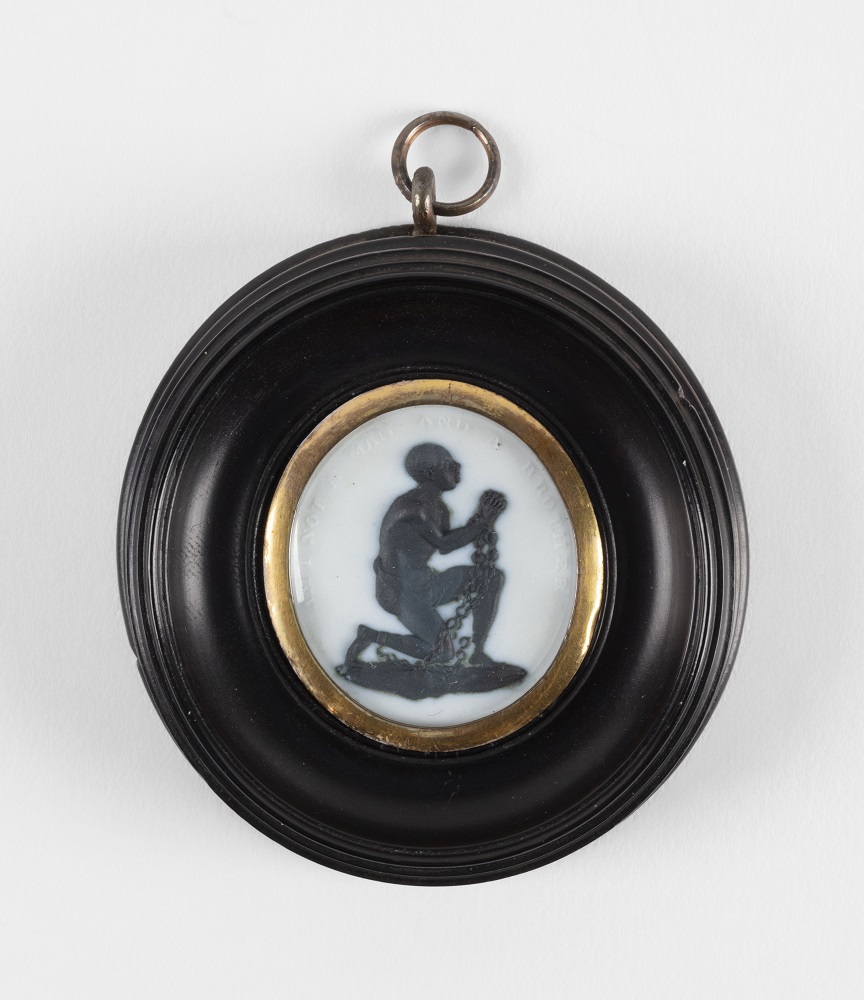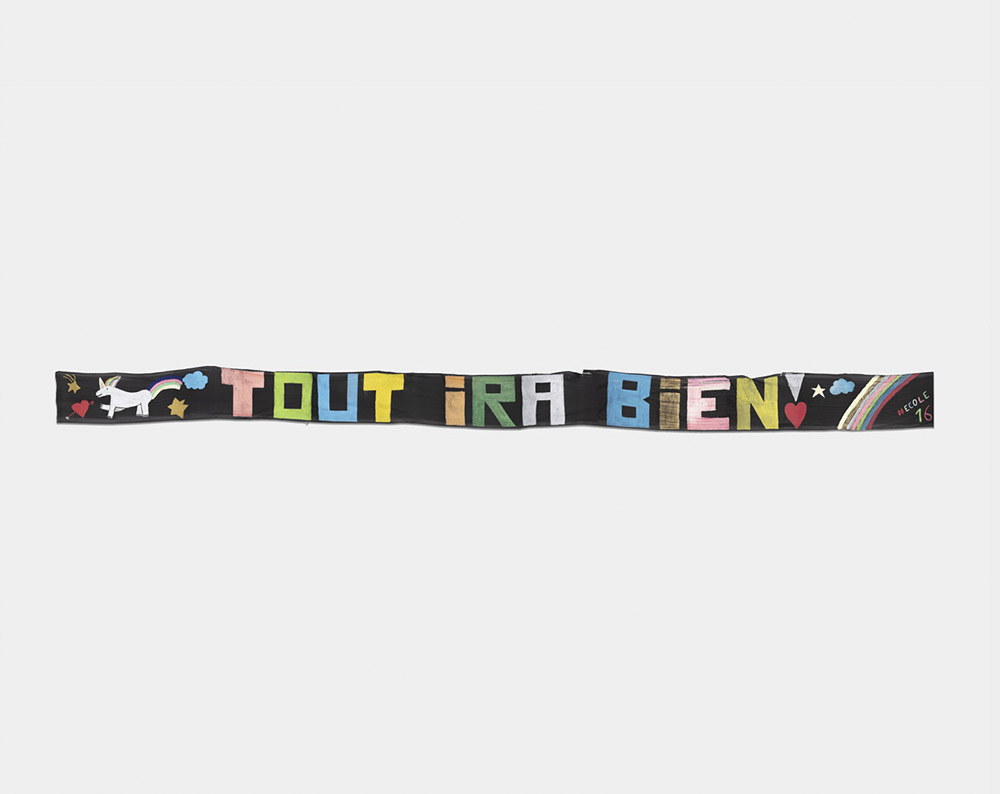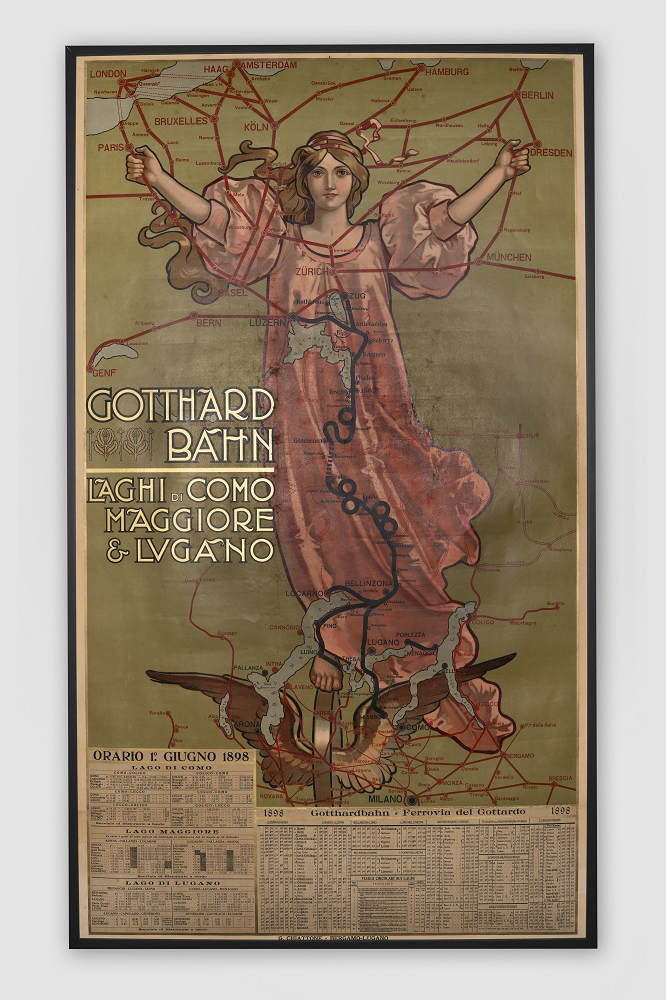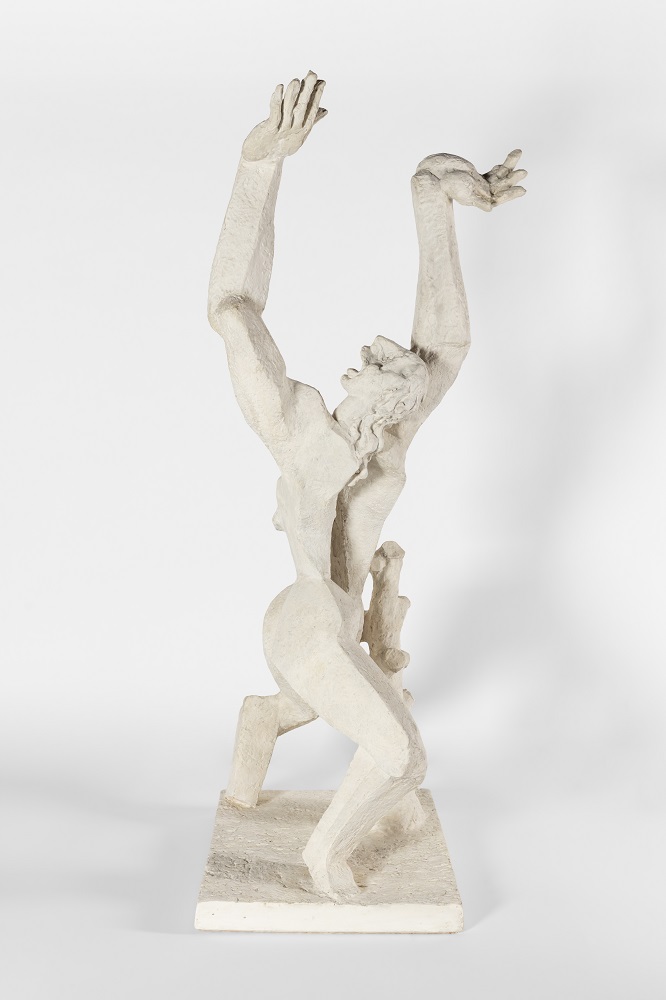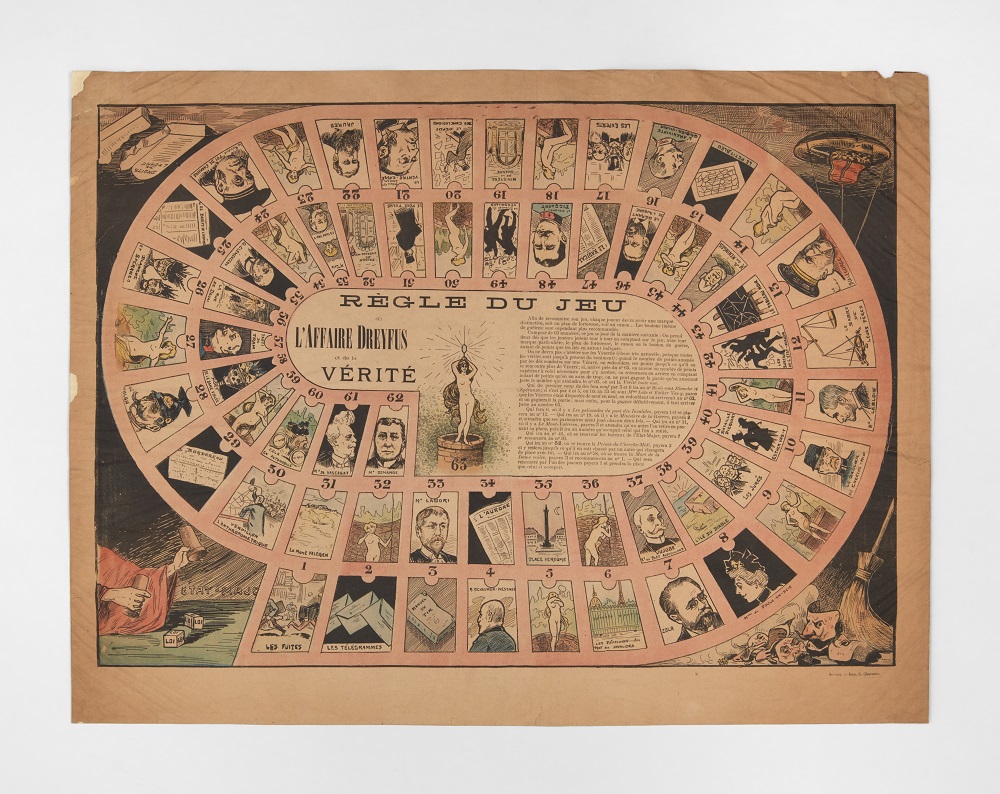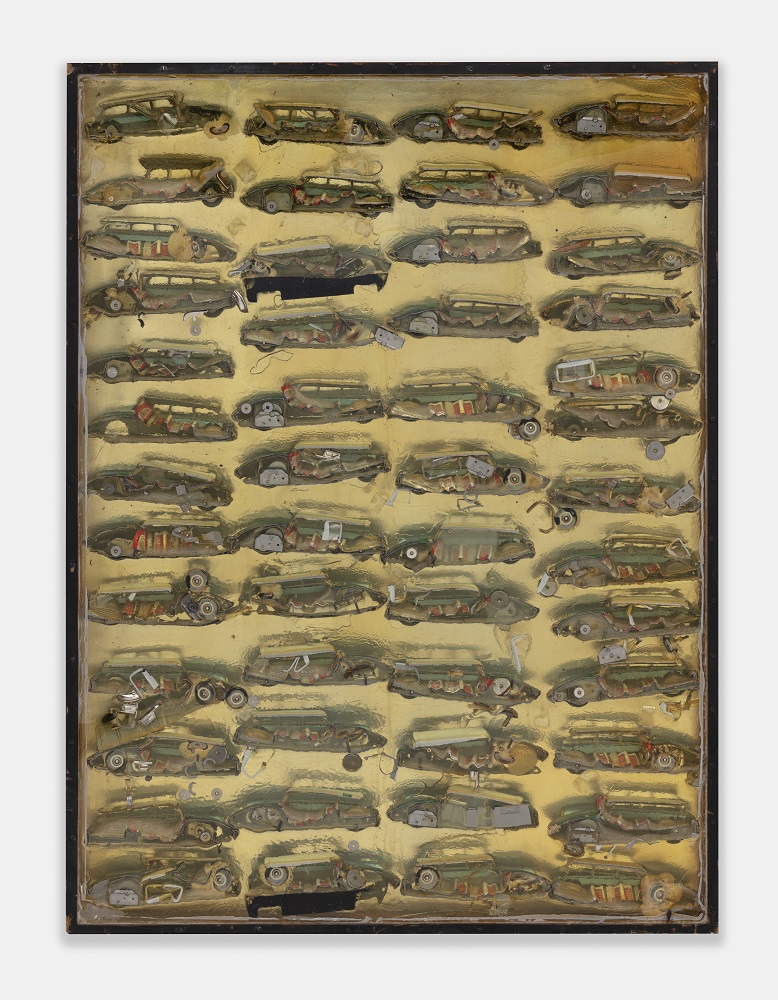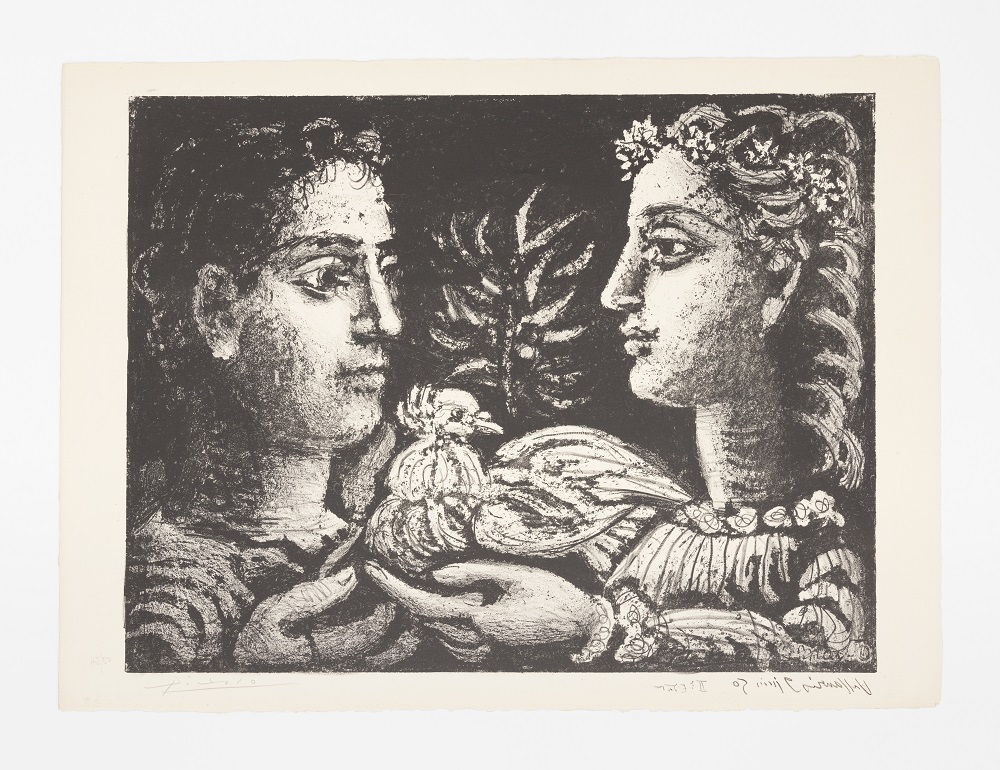The House of European History’s collection contains a wide variety of historical objects including artworks, political documents and propaganda, everyday items and souvenirs of the past. The Online Collection is a constant work in progress. We are adding more objects regularly, so check back and follow us on social media for the latest additions.
Browse by theme
Browse our online collection by theme, object type, or previous temporary exhibitions.
Image requests
Requests for images of objects in the House of European History’s collection can be made via email. Please note, the museum does not own the copyright to all objects, and thus in some cases may need to be cleared with the appropriate rights holder by the requester. Photography of the museum’s collection is still in progress. Any new photography requires a minimum of six weeks. If you have questions regarding objects in the collection, please get in touch with us via the contact form.
How to borrow
Lending objects from the House of European History’s collection to museums and other cultural heritage institutions across Europe and beyond helps further our mission to enhance understanding of European history and integration. To borrow from the House of European History, please follow the procedure below.
Loan Request Procedure
Formal loan requests should be initially sent via email to the museum Director, Dr. Constanze Itzel, Head of Unit, Director General for Communications, Directorate for Visitors, House of European History. Requests should be made as early as possible. The House of European History asks for a minimum of nine months to ensure sufficient time to complete the loan procedure and any necessary preparation or conservation work of the object.
Please be sure to include the following information in the loan request:
- Object number and title
- Name, address and contact details of the borrowing institution, and contact details for the person responsible for the loan.
- Brief outline of the rationale behind the loan request
- If intended for exhibition, the scope of the exhibition and details of the venue(s)
- Proposed dates of exhibition, per venue; if applicable
- The proposed beginning and end dates of the loan
- A facilities report for the location(s) in which the object will be on display
The House of European History will aim to acknowledge the receipt of a loan request within two weeks. The House of European History Loans Committee meets on an ad hoc basis to review loan agreements. After the Committee has met, it will communicate the decision with the potential borrower. The Committee may request additional information from the potential borrower before coming to a decision.
If it seems possible to fulfil the loan request, the House of European History will send a copy of its loans out contract template to the Borrower along with information about each object (valuation, display conditions, environmental conditions, etc.) The House of European History uses its own loans out contract template for all its loans out.
Costs related to the preparation of the objects will be borne by the Borrower, including, but not limited to conservation, cleaning, mounting and/or photography, as required. All costs will be discussed in detail with the Borrower.
All objects lent must be insured fully, from “nail to nail”. Proof of insurance must be sent to the House of European History prior to the objects’ departure to the borrowing institution. Conditions of Borrower’s insurance need to be checked and agreed upon by the House of European History. A copy of the insurance certificate needs to be provided in advance of shipment.
The House of European History reserves the right to cancel loans for reasons including but not limited to the borrower not complying with our terms and conditions or force majeure. Should the borrowing institution wish to cancel the loan, they may still be charged with any conservation or other costs that may have been incurred during the loan out procedure.
